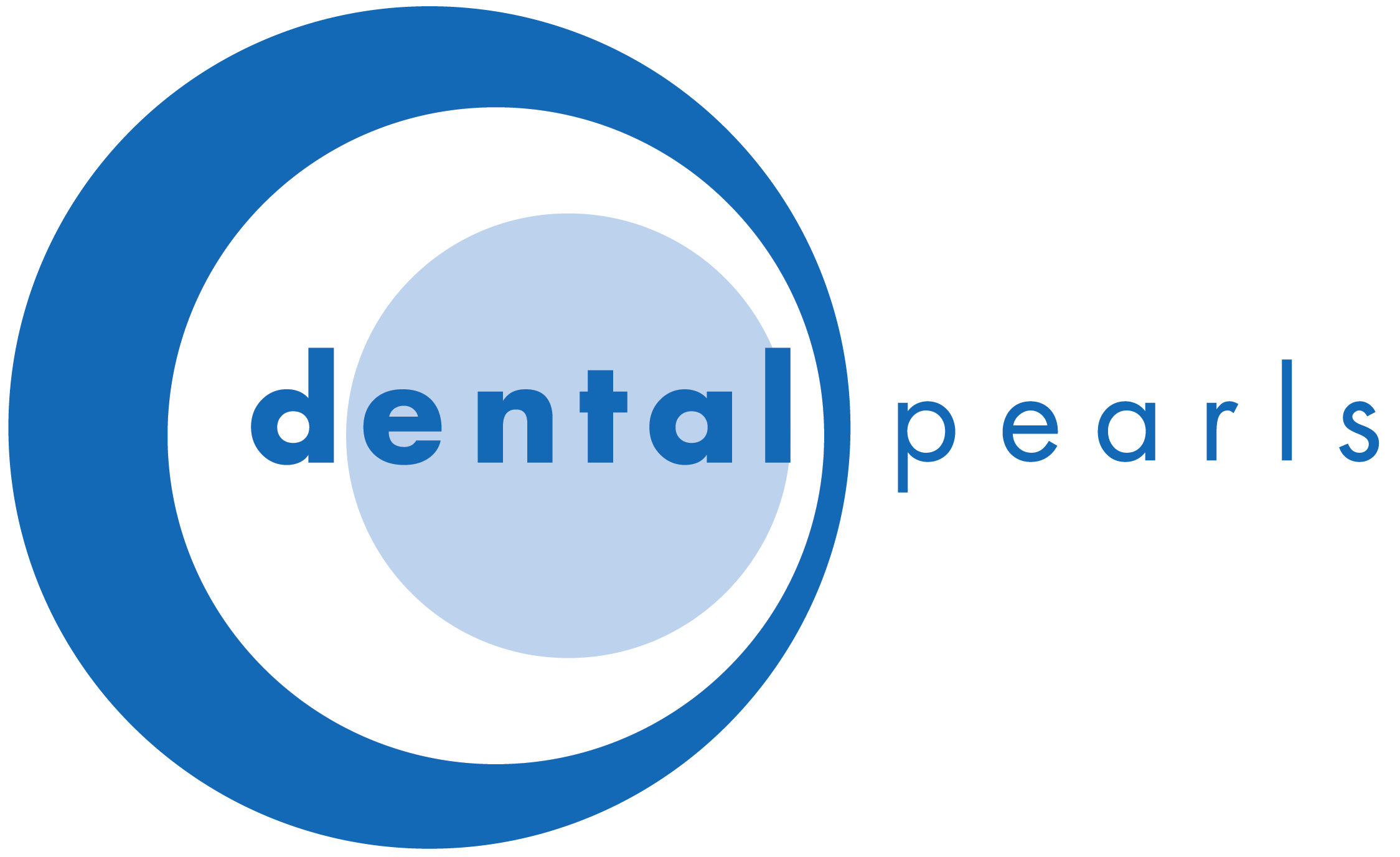
Braces are a popular orthodontic treatment and can be used to resolve a broad range of issues.
When it comes to orthodontic treatment, traditional metal braces remain a popular option for adults, teenagers and children. Braces can resolve a number of issues, including crooked and crowded teeth, and bite-related problems. But how do you know if braces are right for you? Read on to find out more about the process, and whether you are a suitable candidate for treatment…
What are the signs that you need braces?
If you have noticed that your teeth are visibly crooked or crowded, you may benefit from having braces fitted. Other signs that braces might be right for you include difficult brushing and flossing around crooked teeth; teeth that don’t align when your mouth is at rest; difficulty pronouncing certain words because of the way your tongue is positioned in relation to your teeth; a jaw that clicks when you chew; and jaw pain during or after chewing. If you experience any of these issues, it is well worth consulting with your dentist and discussing the option of braces.
How do braces work?
If you choose to go ahead with orthodontic treatment in the form of braces, your dentist will attach metal brackets to each of your teeth with special dental glue. These brackets are connected by wires. Elastic bands are placed around the brackets to connect the wires.
Braces work by applying constant pressure to the teeth throughout the course of treatment. This pressure gradually forces the teeth to move into new positions and also affects the shape and alignment of the jaw over time.
Are there any alternatives?
Traditional metal braces remain the most effective orthodontic treatment and are often recommended in complex cases. There are, however, a number of other treatments that can successfully straighten one’s teeth.
Clear aligners are an effective treatment and can resolve a range of orthodontic concerns, including mild to moderate alignment and bite-related issues. The aligners are fabricated based on impressions of your teeth — this means that they are very comfortable. Much like traditional metal braces, clear aligners also place continuous pressure on the teeth, forcing them to move into better positions over time. If you choose to go ahead with this form of treatment, you will need to change your aligners every two to three weeks, depending on your unique treatment plan.
How can we help?
At Dental Pearls, we offer a number of orthodontic treatments, including traditional metal braces. If you are struggling with crooked or crowded teeth or a bite-related issue, you might benefit from the treatment.
If you would like to find out whether you are a suitable candidate for orthodontic treatment, we encourage you to come in and see us. During your consultation, our team will perform an assessment of your jaws and teeth before creating a customised treatment plan to properly address your particular concerns.
If you would like to find out more about traditional metal braces and what the treatment process involves, please have a look here.
If you would prefer a more discreet orthodontic solution, you might consider clear aligners. At Dental Pearls, we offer two options: ClearCorrect and Invisalign. Both of these treatments involve the use of a series of custom-made clear aligners that adjust the position of the teeth over time. If you are interested in clear aligners, we encourage you to come in for a consultation so that we can evaluate your suitability for treatment.
To find out more about ClearCorrect, please have a look here.
To find out more about Invisalign, please have a look here.
If you would like to arrange a consultation, please don’t hesitate to get in touch with us here or give us a call on (07) 3210 2144. We look forward to welcoming you to our practice in Brisbane and are happy to answer any questions that you have and to provide you with all the information you need regarding your treatment of choice.
Don’t forget to share this via Twitter, Google+, Pinterest and LinkedIn.

